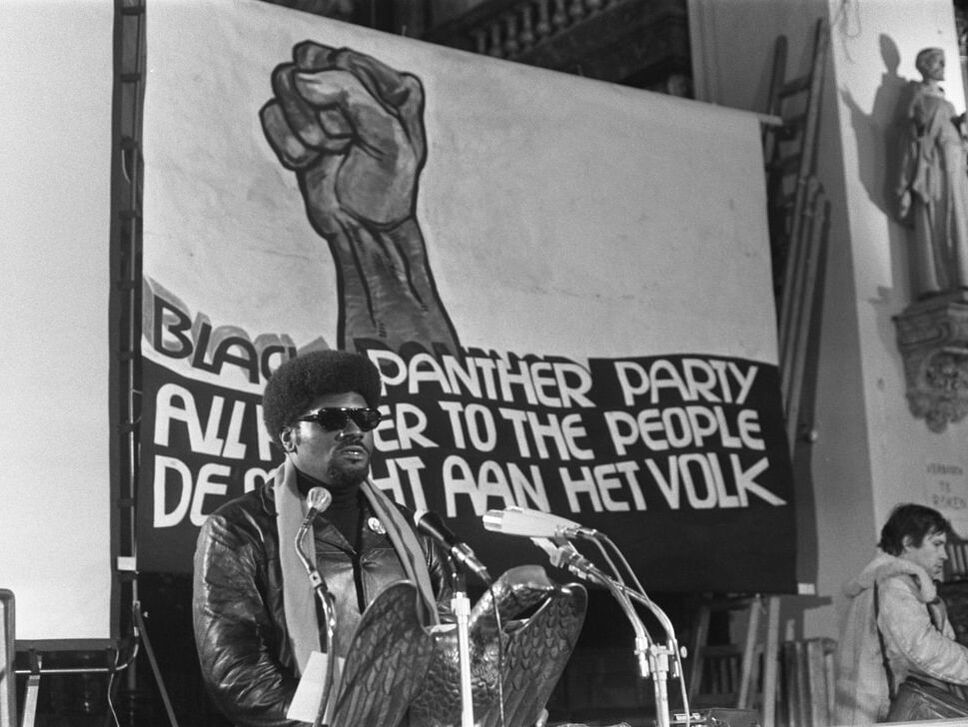|
A surprisingly modern phenomenon, style has always been intrinsic to teenage identity It seems strange to talk about the creation of the ‘teenager’. After all, young people aged 13-19 have always existed, but it wasn’t until the mid-1950s that the term used to describe them - and all the connotations it comes with - became part of global lexicon. So how did the teenager come to be? The answer, as with many large social shifts, revolves almost entirely around money - and the sartorial markers it helped young people acquire.
Inspired by the rebellious nature of the 1920s Bright Young Things and even Victorian youth gangs, figures like James Dean’s Jim Stark in Rebel Without A Cause and the Bill Haley and the Comets-soundtracked Blackboard Jungle, became a framework for real-life teenagers to work from. And, thanks to a booming (white, suburban) middle-class with unprecedented levels of expendable income, they could. So where does fashion play its part in all this? Well, while the American teen was largely characterised by a uniform love for ‘indecent’ rock and roll music and a penchant for staying out later than their parents strictly allowed, it also manifested as a wholehearted embrace of denim, a rise in the popularity of trousers for women and a wholesale rejection of the suits, ties and restrictive clothing of their parents. But, while American teenagers were undoubtedly rebellious, they had nothing on the British teen. The creation of the teenager in the UK led almost instantaneously to the formation of a series of unique and distinctive youth subcultures which, along with music and often class-based personality quirks, used fashion as one of their defining features. In fact, it is not too much of a stretch to say that, without the disposable income to acquire these sartorial markers and create an immediate visual representation of who was ‘in our gang’, these teenage subcultures may never have fully formed at all. After all, what would the teddy boy be without his signature quiff, creepers, Edwardian-style suits, drape jackets and drainpipe trousers? The hatred between the mods and rockers may have centred around the former’s love for scooters and the latter’s devotion to motorcycles but the visual dichotomy between the mod’s tailored suits and the rocker’s Brando-inspired leathers and pompadour hairstyles certainly played its part. Would the punks have really caused so much scandal and outrage had it not been for their penchant for bondage, mohawks, Dr. Martens and intentionally offensive slogan T-shirts? Spanning the mid-50s to the early 80s, each of these groups was simply the latest manifestation of teenage rebellion against the social mores of the generation that came before them. And while these subcultures were far from perfect - many were implicated in inciting racial violence and encouraging abuse of drugs and alcohol - their creativity and ingenuity when it came to style has provided fodder for many a high fashion designer who followed, even as the formation of marked subcultures has largely died out. Most famously, Vivienne Westwood grew her brand directly out of the punk scene and to this day continues to incorporate punks themes and motifs (political messaging, tartan, safety pins) in her collections. Jean Paul Gaultier also controversially took the codes of punk clothing and translated them to the runways of Paris while Alexander McQueen and Marc Jacobs have frequently drawn inspiration from punk style. Paul Smith’s irreverent way with traditional tailoring imbues the spirit of the teds and mods while the codes of later, less rigidly defined subcultures, such as hip-hop and grunge, have featured in collections by everyone from Chanel to Christian Lacroix. Thanks to the teenager, modern consumers and designers are able to shop at what American anthropologist Ted Polhemus calls ‘the Supermarket of Style’. “Those who frequent the Supermarket of Style display…a stylistic promiscuity which is breathtaking in its casualness,” Polhemus explains in his book Streetstyle. “'Punks' one day, 'Hippies' the next, they fleetingly leap across ideological divides - converting the history of street style into a vast theme park.” In essence, fashion created the teenager and, in turn, the teenager created the fashion landscape as we know it today. |
Categories |
Search by typing & pressing enter






